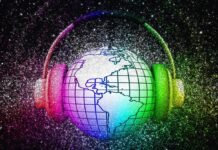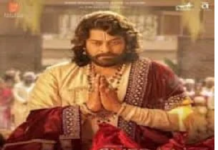
Intro:
Rise of AI in the evolving world of storytelling, artificial intelligence (AI) is making waves as both a tool and a disruptor.
Writers find themselves at the crossroads of creativity and technology, facing opportunities to enhance their craft while grappling with ethical problems.
This burning topic explores the impact of AI on creative writing and how authors can navigate this transformative era.
AI as a Writing Friendship
The rise of AI writing tools has opened up new possibilities for writers:
-
Enhanced Efficiency: AI programs can quickly generate outlines, suggest plot ideas, or even write entire drafts, saving writers countless hours.
-
Creative Brainstorming: Platforms like ChatGPT and Sudowrite help overcome writer’s block by providing fresh perspectives and inspiration.
-
Editing Made Easier: AI-powered tools like Grammarly or ProWritingAid analyze grammar, style, and tone, streamlining the revision process.
AI is becoming a trusted collaborator for many writers, it offers speed and creative input without replacing the human touch will make the activation.

The Ethical Dilemma: Originality vs. Automation
As AI continues to evolve, questions arise about its role in originality:
-
Loss of Authenticity: Can stories generated by AI truly capture the emotional depth of human experience? Critics argue that machine-driven narratives often lack the nuance and soul of lived experiences.
-
Plagiarism Concerns: AI systems trained on vast datasets might accidentally imitate current works, raising legal and ethical red flags.
-
The Writer’s Identity: Over-reliance on AI risks diluting a writer’s unique voice, leading to homogenized storytelling.
Writers must balance the convenience of AI tools with the responsibility of maintaining their creative integrity.
The Future of Storytelling: Collaboration or Competition?
As AI advances, the landscape of storytelling could shift in unexpected ways:
-
Collaborative Creativity: Writers might use AI to co-create worlds, characters, and plots, blending human imagination with machine precision.
-
Personalized Narratives: AI could craft stories customized to individual readers, offering interactive and absorbing experiences.
-
Threat to Traditional Jobs: With AI capable of producing publishable content, professional writers may face increased competition, especially in commercial fiction or content creation industries.
The future hinges on how writers and the industry at large adapt to these changes.
How Writers Can Achieve Success in the Age of AI
To stay relevant and leverage AI effectively, writers can:
-
Embrace Learning: Understand the capabilities and limitations of AI tools to make informed decisions.
-
Focus on Human Connection: Highlight emotional depth, cultural insights, and personal storytelling, which remain challenging for AI to replicate.
-
Diversify Skills: Explore roles in AI-assisted projects, such as narrative design for games or interactive storytelling.
-
Advocate for Ethical Use: Engage in conversations about fair use, copyright, and transparency in the Rise of AI-generated content.
By proactively adapting, writers can position themselves as indispensable in a tech-driven world. Artificial intelligence’s rise has had a profound impact on several industries.
Businesses now function and engage with customers differently as a result of the improved efficiency and innovation brought about by this technological breakthrough and future development system in artificial intelligence of the rise of AI tools in treading creative writing.
Conclusion:









































